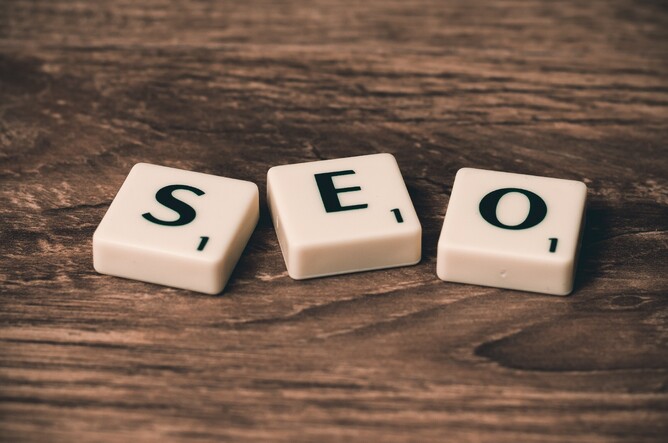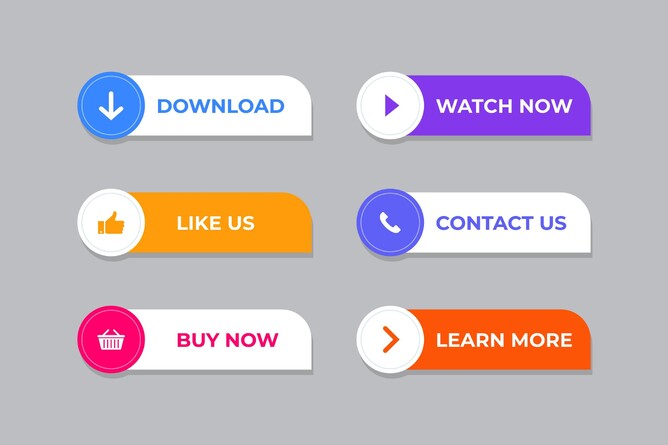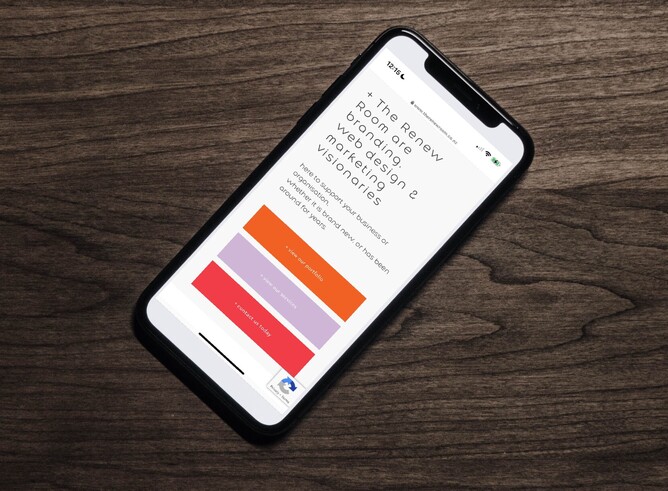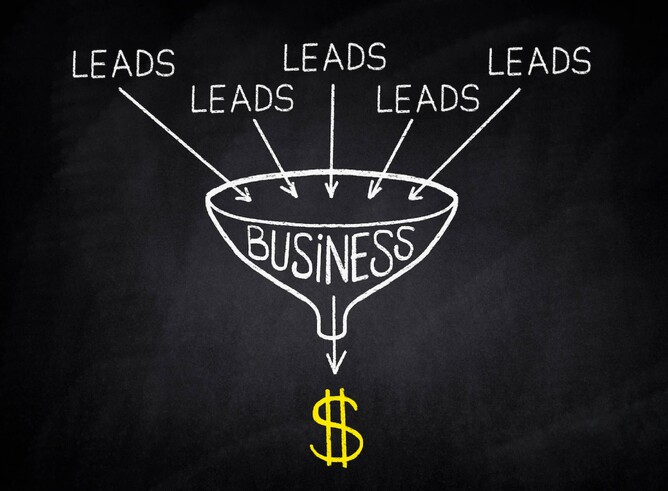Ahhhh, Marketing jargon. Honestly, we get it - it can all be a bit of a headache. With new lingo popping up left, right and centre it gets a bit confusing. As soon as you start getting your head around something, a new ‘term’ comes into play.
We’re going to try and debunk a few industry terms for you, so in that next meeting you aren’t just nodding your head smiling, pretending to know what everyone is talking about.
(Do you wanna be in on a little secret?… we are all still learning every day too.)
1. SEO
First up, the all famous ‘SEO’. We should probably start by saying… There are MANY acronyms in marketing. Maybe this is what makes things so confusing. If people used the full names of these industry terms, maybe it wouldn’t be so hard to wrap your head around. But we don’t make the rules, we just enforce them.
SEO stands for Search Engine Optimisation. Basically this is the process of improving your website so that search engines (like Google) will be more likely to show your business in your audience's search results.
A secret isn’t going to sell itself, so it’s important that your business is SEEN by search engines, so that it can be SEEN by your audience.
2. HTML
This stands for Hyper Text Mark Up Language. An ‘online’ language or code that is used to write web pages. No matter how big or small your website is, HTML is the basic makeup or structure, no matter what industry you are in.
3. KPI
Or Key Performance Indicator. This is a measurement that many businesses use to assess the success of an activity or employee. Think of it like an evaluation tracker to make sure things are progressing. Depending on the company and their goals, an example of a KPI in marketing could be homepage views, CTR statistics (more on CTR next), conversion rates or online sales.
4. CTR
CTR stands for Click through rate and that’s exactly what it is.
The number of clicks that is received on an ad per number of impressions that the ad has served. It is normally then put into a percentage.
For example - if an ad served 100 impressions (physical views or how many times that was shown) and 3 people clicked on the ad. Then your CTR would be 3%. This is a good way for businesses to track how well their ads are doing & what type of ads convert their customers.
5. Project Management Software
Not so much a term exclusive to marketing, but one to talk about nonetheless! Project Management Software is a software used by a business to manage and organise everything that is going on internally as well as externally. It can help with planning, scheduling and managing everything that is going on day-to-day.
Every project, especially in a Marketing & Creative Agency, requires the management of specific tasks, documents and different staff members inputs along the way. Using a project management software helps make your business more efficient and organised.
Here at The Renew Room, our Project Management Software saves our asses daily. And if you follow us, you will know that we are basically married to Click Up. If you haven’t already, you can read our blog here and find out why!
6. CTA
This stands for Call to Action.
It’s another marketing tactic that basically tells their audience what action they want them to take next. In an online world it’s the words on the button you click that will link you to where you are supposed to go now.
For example, on a website, there might be a spiel about the history of a company… you might then see a button that says “find out more” this button will then have a direct link to whatever page you need to go to, to find out more. Find out more is the CTA here.
Or on an e-commerce website, you will see a CTA or button that says ‘shop now’ that will then direct you to the online shop where that click can be converted into a sale.
7. E-Commerce
This stands for electronic commerce. In simple terms it is a shop in an online format, a website for buying or selling goods and services. Any website that you can purchase a product or service from by putting in payment details is an e-commerce website.
Commerce stands for buying or selling (shopping) and then the ‘E’... Electronic. Like I said, it all does make sense once you know the meaning. The lingo can sometimes just throw you off a bit.
8. Mobile Optimisation
While we are on the website front, mobile optimisation just means that your website is formatted so it is easy to navigate from any mobile device - not just on desktop view (i.e. not just from your laptop). Some websites will have a whole separate website that is specifically designed for mobile, however many platforms these days have responsive design layout built into their programmes.
Note: Google’s algorithm now notices mobile optimised websites. So if you see a decline in your performance score, then this could mean that your website might not be fully mobile friendly. When was the last time you checked your website on your phone?
9. Algorithm
So generally speaking, the word algorithm has been around for years and was known more as a mathematical term rather than a marketing term. It’s a set of rules to be followed e.g “A basic algorithm for multiplication”.
However, since the introduction of the digital age, mainly the internet and social media, this term now has a place in every marketer's career. It is still well and truly a mathematical set of rules, and it is specific to how a group of data behaves.
Let’s use social media as an example, the algorithm helps maintain the order in what is seen and therefore, what ads are being shown and the results that are occurring from those.
The algorithms are FOREVER changing, so it’s important to always be on the ball for what trends are happening and to make sure your business doesn’t get left in the dust.
The algorithms generally favour what the user wants to see or engage with - so as our preferences change as humans, so do the algorithms. BUT more on that in a future blog…
10. Marketing Funnel
And the last one… not to be forgotten about is the Marketing Funnel. A marketing funnel is a set of stages that guides an audience through a journey. The aim is to reach your target market and turn them into customers.
Having a marketing funnel helps show you what your business needs to do at each stage of the customer journey. By analysing your funnels, you will then be able to make adjustments and hopefully drive greater sales, stronger brand awareness and of course… customer loyalty.
And... that's a wrap!
We could go on forever about all the terms you need to know , but this list is enough for you to take in & get your head around for now. Hopefully you now know that the industry jargon sounds a lot scarier than it actually is. Don’t be afraid of new terminology - even most marketers forget what the abbreviations stand for!
May your next Marketing meeting be filled with less nods pretending to know what you’re talking about, and more understanding of all the industry jargon and abbreviations!
If you want a conversation with someone about how any of the above can improve your business! Don't be shy, we are just an email away!















